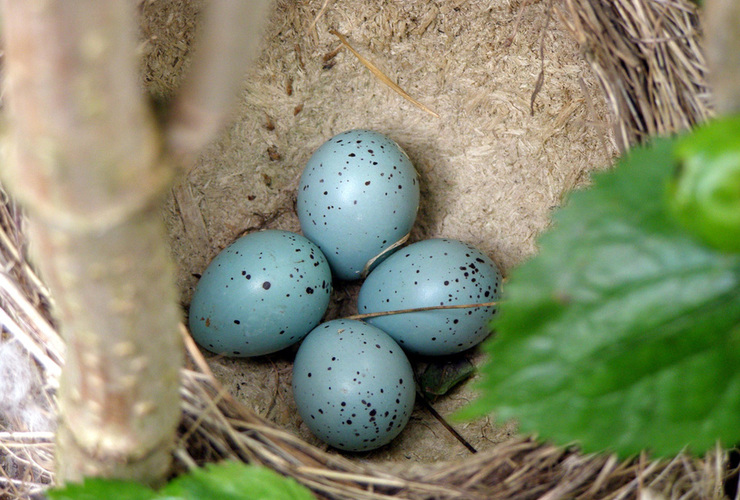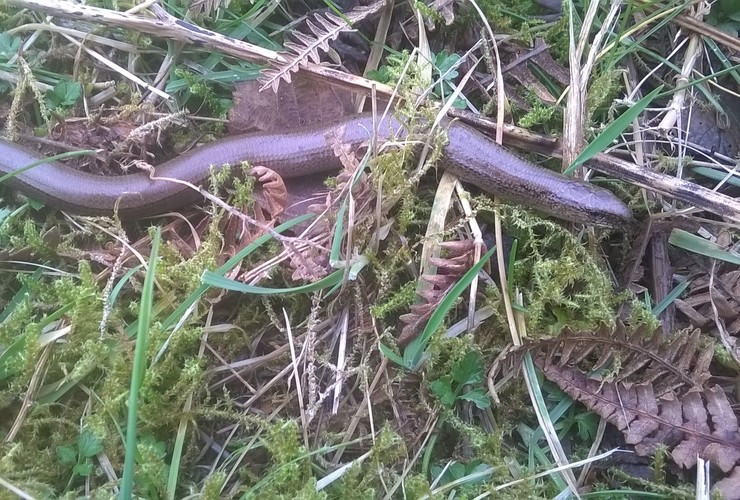Field Notes: The breeding cycle has begun
Quinag conservation officer Romany Garnett notices subtle signs that spring is on its way
 Snow still lies on the ground. It feels like mid-winter and is hard to believe that spring is on the way. Despite the chilly weather there are subtle signs that springtime is just around the corner. The hazel catkins (or lambs tails) are hanging ashen yellow against the cobalt blue of the sky. They have elongated since December and are waiting for a slightly warmer spell allowing them to open up and spread their pollen. The great tit sings stridently from an upper branch establishing territory and partnership. The breeding cycle for these birds has begun.
Snow still lies on the ground. It feels like mid-winter and is hard to believe that spring is on the way. Despite the chilly weather there are subtle signs that springtime is just around the corner. The hazel catkins (or lambs tails) are hanging ashen yellow against the cobalt blue of the sky. They have elongated since December and are waiting for a slightly warmer spell allowing them to open up and spread their pollen. The great tit sings stridently from an upper branch establishing territory and partnership. The breeding cycle for these birds has begun.
Most trees stand bare and dormant. It is a good time of year to see nests that are usually hidden by a thick mass of leaves. These nests are wedged in the cleft of a branch and are perfect cradles for nurturing life from chick to fledgling. They are often made by one of the thrush family, a song thrush or mistle thrush perhaps. These birds are passerines, this means they have specially formed toes that are designed to perch on branches and are also noted for being song birds.
The nests are woven intricately using grasses and mud they form a cylindrical deep cup shape that is watertight once the bird is sitting on top. It is hard to believe that these nests have been created using a beak alone. And the fragile shell of the egg is protected through to hatching and the first vulnerable weeks of life. Once the downy fledgling grows its adult plumage they will soon be off and the parents will start to think about a second brood. We are on the brink of this busy time of germination and breeding. It is worth stopping for a moment and tuning the ear to catch the subtle change in bird song as spring grows closer.
 21 February update: I went out to check the mink rafts this morning and came across this slow worm. What a nice surprise! It was quite torpid because the mild weather had brought it out from hibernation early.
21 February update: I went out to check the mink rafts this morning and came across this slow worm. What a nice surprise! It was quite torpid because the mild weather had brought it out from hibernation early.
A slow worm looks like a snake but is actually more like a legless lizard and has smooth skin rather scales and can blink. They are totally harmless to humans and if lucky can live up to 20 years. They eat worms and slugs and like long grass and damp places.
It lay very still in the grass blinking at me before moving slowly undercover.
Top photo by Don O'Driscoll shows song thrush eggs laid a bit later in the year.

